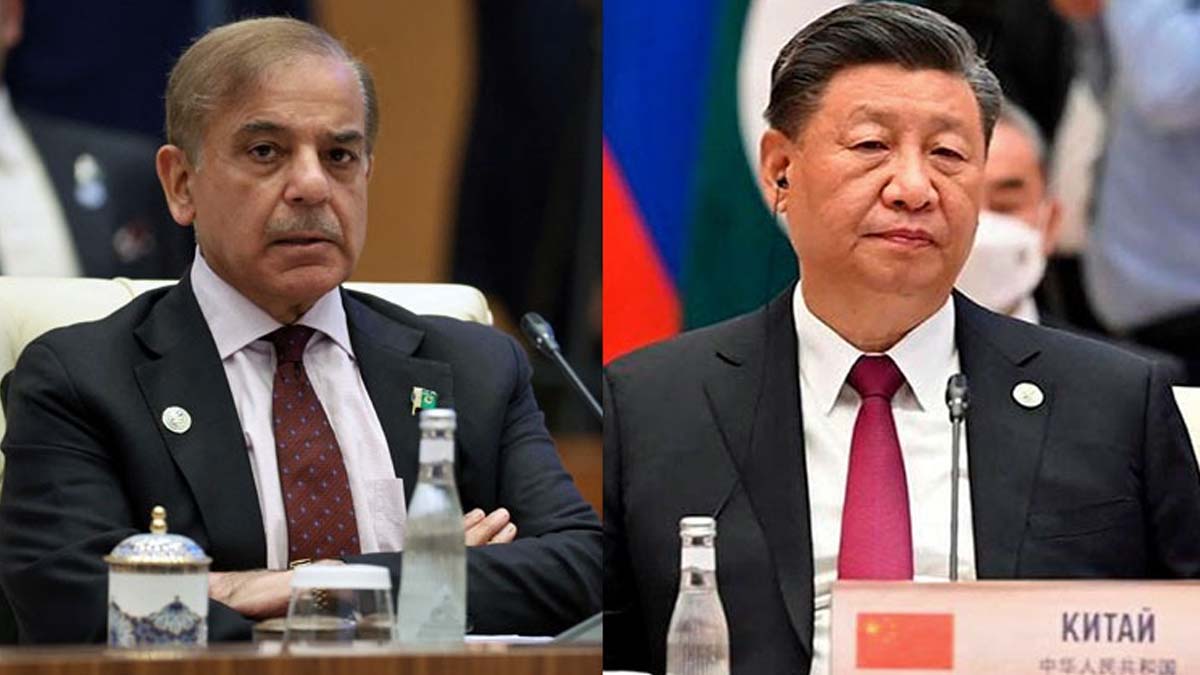
The Importance of Continuous Economic Reform
Deep, structural economic reform is a vital and ongoing process. China has recognized this, especially in the face of economic and geopolitical challenges. However, Pakistan has not yet fully embraced this approach.
China’s Recent Reform Blueprint
Recently, the Communist Party of China (CPC) held a crucial meeting known as the third plenum, where they outlined a comprehensive blueprint for economic reform. The most significant outcome was the adoption of a reform resolution. Key measures include rebooting growth, addressing government debt, tackling a housing slump, and attracting foreign investment. China aims to build a high-standard socialist market economy by 2035, emphasizing sustained economic growth over the next decade.
Focus on Technology and Advanced Manufacturing
China’s strategy includes fostering “new quality productive forces,” with a particular focus on technology and advanced manufacturing. This approach is critical to ensuring China’s continued economic modernization and creating a fairer and more dynamic market environment.
Historical Context: The Role of the Third Plenary Sessions
The Third Plenary Sessions of China’s ruling Communist Party, held approximately every five years, have historically played a pivotal role in the country’s economic development. These sessions have tackled structural issues and mapped out long-term social and economic policies. Previous sessions opened China to foreign businesses and liberalized the Yuan, integrating China further into the global economy.
Challenges and Strategies for High-Quality Development
The recent session aims to make China attractive to global investors and steer the country toward “high-quality development” while managing financial imbalances. The reform resolution includes 300 measures covering various areas, such as the economy, democracy, ecological conservation, and national security. These reforms are crucial for China’s economic development and global positioning.
Stability Amid Global Downturns
Despite global downturns, China’s economy has remained stable, though it faces growing risks and challenges, including economic protectionism and geopolitical tensions. The reform measures are designed to tackle these issues and ensure continuous high-quality development.
Commitment to Reform and Opening Up
The third plenum reaffirmed China’s commitment to reform and opening up, providing a clear path for future development and boosting confidence both domestically and internationally. Han Wenxiu, executive deputy director of the Office of the Central Committee for Financial and Economic Affairs, emphasized the importance of building a high-standard market system and improving market mechanisms for production factors such as labor, capital, land, knowledge, technology, management, and data.
Timeline and Future Goals
The tasks outlined in the meeting are set to be completed by 2029, marking the 80th anniversary of the founding of the People’s Republic of China. The meeting also endorsed President Xi Jinping’s call for “high-quality development,” prioritizing technological investment and encouraging companies to upgrade their equipment and knowledge, especially as China faces restricted access to Western advanced technology.
Global Cooperation and Economic Opportunities
China has committed to maintaining its policy of “opening to the outside world” and expanding cooperation with other countries. This approach is expected to create greater global economic opportunities amid rising economic protectionism.
Lessons for Pakistan
Pakistan must learn from China’s approach and adopt similar reform strategies. By embracing innovation and opening up to global investment, Pakistan can navigate its current economic and geopolitical challenges. Key areas for focus include streamlining talent, reforming the state sector, improving economic governance, and creating a conducive environment for the private sector to lead growth.


